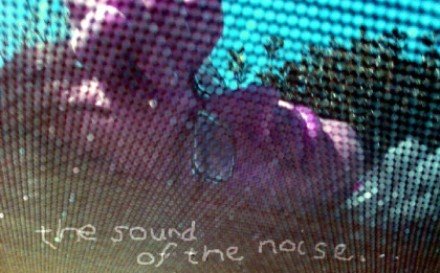This is the situation created in the aftermath of Marvel's hugely popular Civil War storyline, which divided allied heroes such as Iron Man and Mr Fantastic from Spiderman, Captain America or Luke Cage in a seemingly permanent way.
The question is: what overpowered forces can be allowed to be active day-to-day? What is the role of the unregulated do-gooder in the community, and can such role models be allowed without some kind of formalisation?
The question of the media is sometimes touched on as well, as government-endorsed heroes must be made to appear victorious,
 despite the facts. When the government's “Avengers: Initiative” is launched to train or re-train B-list heroes at boot camp, in order to provide a super-powered force in every US state, the “superman-controlled state” seems close – closer when you appreciate how the truth about their missions is kept from the public, and their enemies, once captured, are carted off to the negative zone without trial for the foreseeable future. In this new world, everyone seems to be grasping for the final say on how these teams should be run, and the motivations are more than suspect. For instance, old foes like Norman Osborn (the Green Goblin) and Taskmaster (who trained several major villains) are given influential positions in the new order, whether for the money,
despite the facts. When the government's “Avengers: Initiative” is launched to train or re-train B-list heroes at boot camp, in order to provide a super-powered force in every US state, the “superman-controlled state” seems close – closer when you appreciate how the truth about their missions is kept from the public, and their enemies, once captured, are carted off to the negative zone without trial for the foreseeable future. In this new world, everyone seems to be grasping for the final say on how these teams should be run, and the motivations are more than suspect. For instance, old foes like Norman Osborn (the Green Goblin) and Taskmaster (who trained several major villains) are given influential positions in the new order, whether for the money,  the freedom or the power it is unclear. So we are left to ask: when does peace-keeping become oppression? And when does education become political indoctrination? How should communities interact with their policing?
the freedom or the power it is unclear. So we are left to ask: when does peace-keeping become oppression? And when does education become political indoctrination? How should communities interact with their policing?The New Avengers comics following Civil War show an outlawed group of former Avengers being attacked by a group organised by the Hood, who sees the chaos amongst superheroes as an opportunity. The Hood's promises to his villains are better than what the government offers – so that out in society, greed can not be relied on to procure loyalty.
Another method of control explored is electronic implants used on villains, temporarily paralysing them if they disobey orders. Take the new, darker Thunderbolts comics, where, somehow, Norman Osborn has been given oversight of a team of some of the most sadistic characters in the Marvel universe – or at least that's how they are portrayed by writer Warren Ellis in the first two volumes: Faith in Monsters and Caged Angels. Super-violent at points, it's hard not to be on the side of those trying to pull the team apart, and although assassin Bullseye is not a convincing psychopath here, Ellis has brilliant fun playing with Norman's bipolar manic depression and insanity, and the attempts of the team to undermine him, as well as the arrogant Swordsman, and he even writes some of the craziest Venom sequences I've seen for a long time in volume two. Yes, even Venom is on this team. It's an example of a comic where just when you think things could get better for the unregistered heroes which the Thunderbolts are out to “contain”, it just gets worse.
Ultimately, in Thunderbolts we see that tough security can be broken or manipulated. You have to feel sorry for the security guards who tend to get killed off by the more dangerous Thunderbolts on the team.
The afore-mentioned Avengers: Initiative comic is almost as dark in content, and violent, despite a colourful, manga or TV-inspired design. It also happens to be one of the best Marvel books I have read recently, more shocking and bigger in scope than some of the recent Iron Man stories or the impressive espionage-focused Captain America series. In Avengers: Initiative the concept of having leaders with dubious moral fibre running a boot camp for heroes with a variety of strange powers is a perfect way to get inexperienced teenagers into terrifying danger. And as we see them get confident with their powers, or traumatised and disillusioned, we worry about the personal motivations of some to be part of the programme. The first volume ends with a neat whodunit, for instance, where many on the training base are suspects and which only the reader finally finds out the real solution to. The first two volumes pour in shock after shock and well-define some interesting characters, but so far the third, which links with an alien invasion, is less punchy due to there now being too many characters to follow. I wish we could have stayed mainly with the batch of heroes from volume two.
And whether the questions raised in the Marvel universe get resolved or not, we can guarantee whatever happens will provide more action. Hopefully we can think more carefully about these issues of who runs society, the role of business in politics, what kind of policing is effective and the importance of role models, including the importance of supporting good leaders which we have the opportunity to elect and involve in our communities.




No comments:
Post a Comment